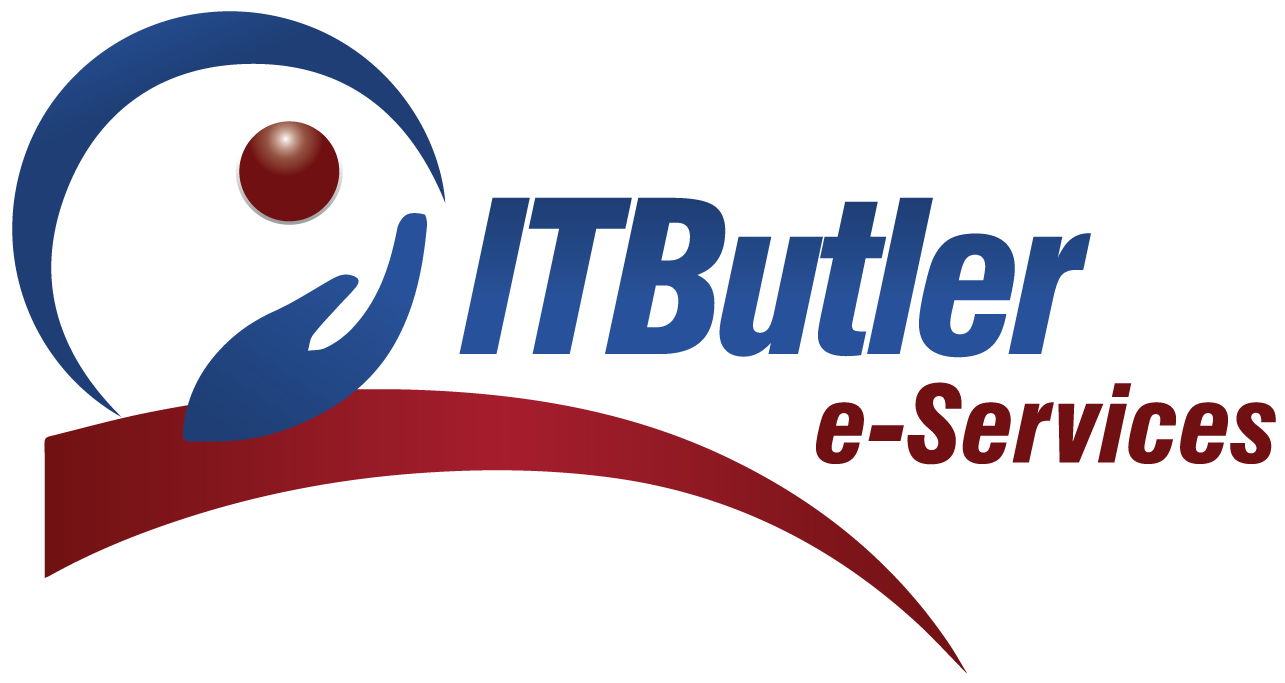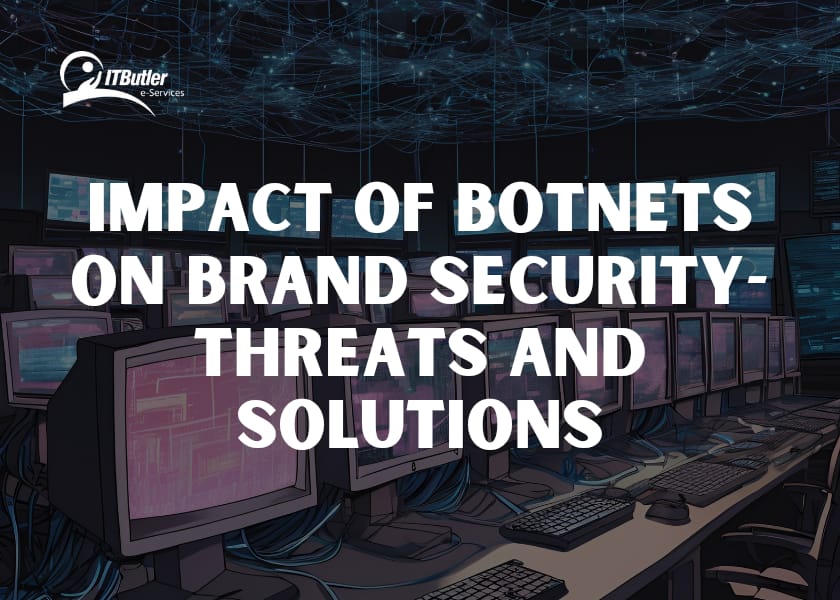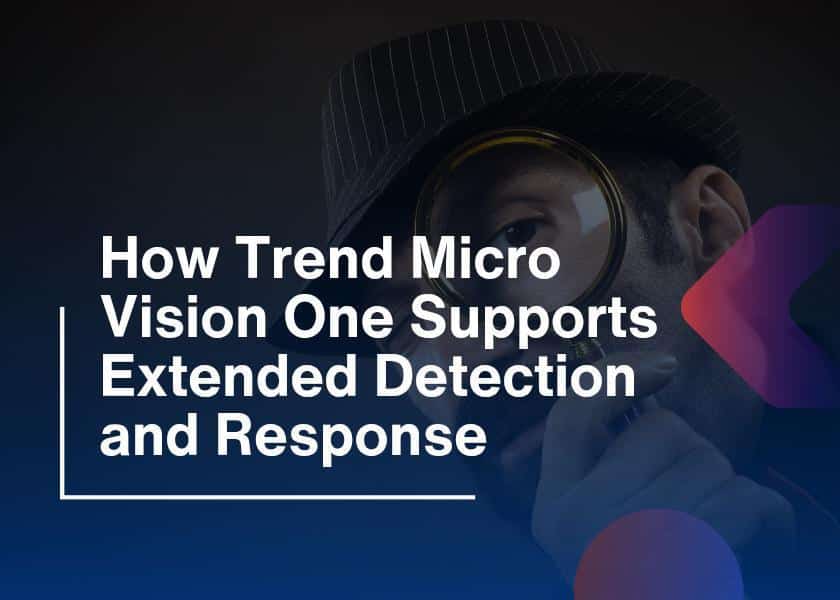Imagine your company’s website is down, customers can’t access their accounts, and sensitive information gets leaked. Sounds like a nightmare, doesn’t it? However, that’s exactly the damage botnet attacks can create for your brand.
Botnets are a silent yet destructive cyber threat that attacks businesses without notice and leaves chaos. The worst part? They might just be sitting right under your nose and you’d never even know it till it’s too late. So, what are botnets, and how can you protect your brand from such damaging attacks? Let’s break this down to see how you can keep your business safe from this silent killer.
What are Botnet Attacks?
A botnet is a network of infected computers or devices by malware. However, these devices are tagged as “bots” and controlled remotely by cyber-criminals at a distance. Botnets can consist of thousands or millions of hijacked devices – from PCs to IoT devices like smart TVs and cameras.
Once developed, hackers can use a botnet to:
- Spam websites
- Steal sensitive data
- Spread more bugs
Thus, botnets are very destructive because they can take over even the most secure systems. But how does this impact brands?
How do Botnets Threaten Brand Security?
Botnets pose a wide variety of threats to businesses and their brands, including some that could be long-term.
1. Distributed Denial of Service (DDoS) Attacks
The most common tool for botnet attacks is a Distributed Denial of Service DDoS attack. The botnet sends massive traffic to a particular website or online service that it becomes slow and crashes completely. As a result, valid users can’t reach the website which is frustrating but profitable for hackers.
Therefore, it’s a massive problem for a brand. As it doesn’t only ruin the customer experience but also results in lost revenue. For example, an attack on an e-commerce site can have drastic effects during its sales season. In addition, the customer might not consider them trustworthy while using their website.
2. Data Breaches and Theft
Botnets are also used to collect sensitive business information. However, it ranges from customer credit card numbers to confidential business data. Moreover, the dark web is a first-level marketplace through which cyber criminals sell this information causing great brand damage.
Furthermore, all these may result in the following:
- Financial losses
- Legal penalties
- Damage to the reputation
Indeed, customers trust companies to protect their personal information. But if this does not happen, the trust is broken which will be hard to regain.
3. Phishing and Spam Campaigns
It means that millions of phishing scams can be spammed automatically with botnets. However, most of these spam e-mails appear to come from a trusted company, thus deceiving people to share personal data. Consequently, if the name of the brand is associated with such attacks it can damage the brand’s reputation.
Even though the brand itself is not at fault, customers will lose their trust in the company. As we know, trust is one of the most important factors in building a strong brand. Thus, it’s important to stay away from such fraudulent activities.
4. Unauthorized Access
Sometimes, cybercriminals attack the systems of a company using botnets. However, they can hold the company’s data, delete files, or simply alter settings from within the systems. Therefore, this is alarming for businesses and can bring a whole organization to its knees.
Furthermore, these disruptions can be utterly devastating for brands. As it results in:
- Inaccessible customer services
- Standstill inner workings of the company
- Long-term destruction and financial losses
Moreover, such botnet attacks leave a brand exposed to press coverage, further damaging the reputation of the brand.

What are the Effects of Botnets on Brand Image?
Although botnet attacks produce technical damage, but their effect on a brand’s reputation can be worse. In today’s marketplace, reputation is everything. If a brand has been exposed to attacks, it takes years to recover.
Cyber threats have become very popular among customers. Hence they also expect businesses to be proactive about their data protection. However, if a company suffers a botnet attack, they are considered unreliable or careless with information about their customers.
Moreover, they have to face:
- Customers Loss
- Loss of market shares
- Legal consequences
So, how might brands protect themselves against this developing botnet threat? Let’s talk about some cybersecurity solution strategies.
How Can Brands Protect Themselves from Botnets?
Although botnet attacks do pose a serious threat, there are still things businesses can do to protect themselves. Here are some effective solutions listed below:
1. Implement Strong Cybersecurity Measures
A strong cybersecurity system will be the very first line of defense against botnets. However, this may include:
- Firewalls
- Intrusion detection systems
- Antivirus software
In addition, all software and systems should be updated regularly, as outdated systems are more prone to attack.
Moreover, there should also be training for employees on the best cybersecurity practices. Many botnet attacks start with human error-clicking on phishing links or downloading malicious software. On the other hand, educated employees will likely cut your attack risk by a huge margin.
2. Monitor Network Traffic
Network monitoring of traffic can also identify and prevent botnet attacks. Sometimes, an anomaly in traffic or activity on the network can be a symptom of a botnet attack. However, businesses can detect these early threats using advanced monitoring tools and act before the threat could cause much damage.
For instance, if a company suspects abnormal traffic from a specific location, it can filter these IP addresses. Thus, reducing the further damage to a business.
3. Utilize DDoS Protection Services
DDoS attacks have become so common that making investments in DDoS protection services is a must. Such services aim to absorb and mitigate large-scale DDoS attacks, ensuring websites can continue their operations normally.
Further, many cloud-based services are also available in the market. Thus, they can be a life-savior for brands that rely on their online presence.
4. Employ Multi-Factor Authentication (MFA)
Multi-factor authentication adds another layer of security by requiring the user to verify himself with something other than a password. While the botnet might steal the password, this second form of verification would prevent it from getting into the account.
Multi-factor authentication can be implemented on:
- Email accounts
- Employee logins
- Customer accounts
It is a simple yet powerful approach for enhancing security and minimizing unauthorized access.
5. Partner with Cybersecurity Experts
Sometimes, you protect your brand by collaborating with cybersecurity experts. However, such experts will give you comprehensive ongoing monitoring, risk assessment, and incident response plans to guard against botnets.
Moreover, consulting a cybersecurity firm can also help assure customers that your brand takes cybersecurity seriously.
Conclusion
Botnet attacks are one of the evolving cyber threats and an organization needs to address them in advance. Any DDoS attack or even data breach by botnets can cause adverse financial and reputational damage to businesses.
However, a cybersecurity policy, DDoS protection services, MFA, and collaboration with experts can cover brands against such cyber threats. It is neither an option nor a choice, investing in cybersecurity measures is important for a brand’s reputation.
In short, the hacker may be experienced or bad, but business can be smart and prompt. The question will be, which one is ready?
FAQs about Botnet Attacks
– What is called botnet?
A botnet is a network of infected computers or devices by malware. These devices are tagged as “bots” and controlled remotely by cyber-criminals at a distance.
– What is a botnet DDoS attack?
The most common tool for botnet attacks is a DDoS attack. The botnet sends massive traffic to a particular website or online service that it becomes slow and crashes completely.
– Which two attacks typically use a botnet?
The most common types of attacks that usually rely on a botnet are two in number:
1. Distributed Denial of Service (DDoS) Attacks: A botnet affects the server or the network of a targeted device with too much traffic, thereby causing it to collapse.
2. Phishing and Spam Campaigns: This includes sending spam e-mails from a trusted company, thus deceiving people to share their personal data.
-Why do hackers use botnets?
Hackers use botnets for the following reasons:
- Scale and Power
- Anonymity
- Data Theft
- Monetization
- Control of Multiple Attacks





